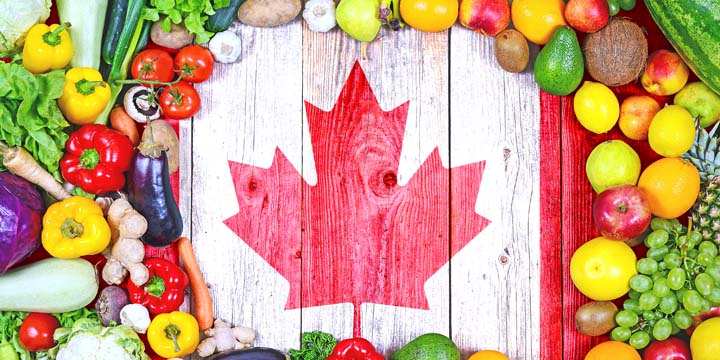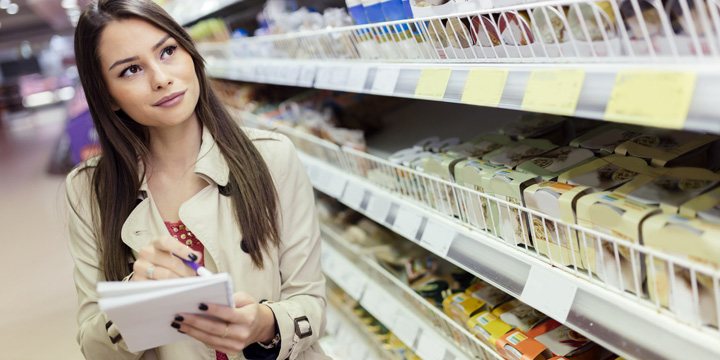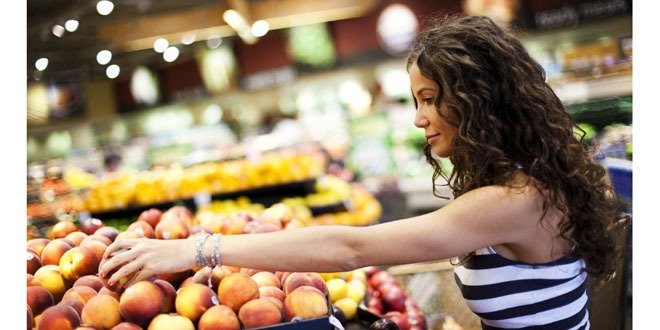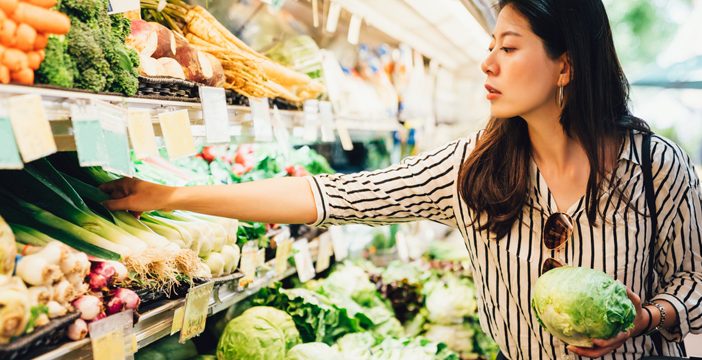
Vegetables are an important part of your diabetes diet. They’re full of healthy nutrients and are low in calories, fat and sodium. They’re also high in fibre. Read on to learn about navigating the grocery store for vegetables.
3 top health benefits of vegetables
Many people aren’t in the habit of eating vegetables regularly and forget to include them in their meal plan. The health benefits of vegetables are endless, but the top 3 for people with diabetes are:
- Most vegetables can be eaten in large quantities, with no effect on weight or blood glucose levels. Except for starchy vegetables (such as potato, sweet potato and corn) and a few sweeter vegetables (such as green peas, winter squash and turnip) you don’t have to limit how much you eat.
- Vegetables are full of healthy nutrients and are low in calories, fat and sodium.
- Most vegetables have a low glycemic index and are high in fibre. Eggplant and okra are just two examples of vegetables that slow digestion and delay the absorption of glucose, thereby improving blood sugar control after eating.
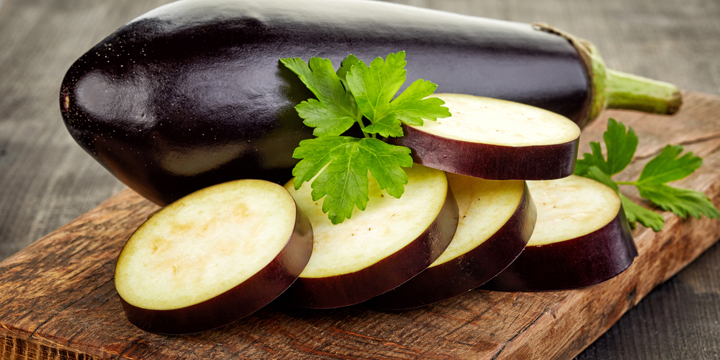
Follow Canada’s Food Guide recommendations
Most people don’t eat enough vegetables. However, they are an important part of a healthy eating pattern. Eating a variety of vegetables can help you control your diabetes and may lower your risk of heart disease.
According to Canada’s Food Guide, one-half of your plate at meals should be composed of vegetables and fruits. Vegetables and fruits should always make up the largest proportion of the foods you eat throughout the day.
7 tips for choosing vegetables
Including vegetables on your shopping list is the first step toward increasing your intake. Here are some tips for navigating the vegetable section of your grocery store and making the healthiest choices:
1. Try a variety of vegetables. Instead of sticking with the same choices day after day, try new flavours, colours and textures. Challenge yourself to try a new vegetable each week!
2. Buy fresh or frozen vegetables whenever possible. If you’re worried that fresh vegetables will spoil before you can enjoy them, choose frozen vegetables. You can use only what you need and put the rest back in the freezer for another day.
3. If canned vegetables are your only option, choose ones that are low in sodium.If you are using canned vegetables with sodium, drain the vegetables and rinse with water, then cook the rinsed vegetables in fresh water.
4. Don’t limit vegetables to meal times. Stock up on carrot and celery sticks, cherry tomatoes and cucumber for snacking.
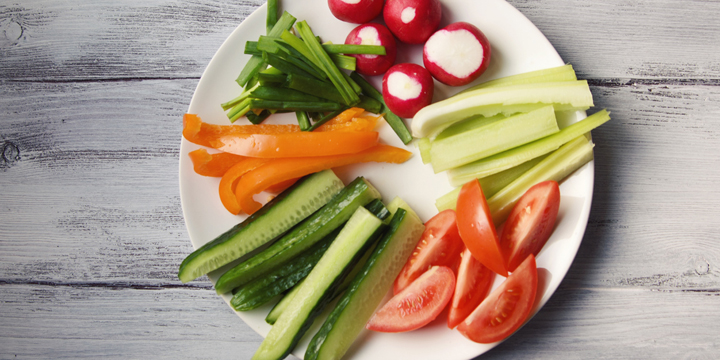
5. Choose vegetables that are in season.When a vegetable is in season, it is readily available and the price is generally lower. More importantly, the taste and quality of the vegetable is at its peak. Which vegetables are in season will vary slightly, depending on where you live.
6. If raw vegetables are your preference, go for crunchy, colourful varietiessuch as red pepper, broccoli, baby carrots or snow peas.
7. Buy pre-bagged vegetables that can be quickly tossed in a salad, stir-fry or casserole. Readily available pre-bagged vegetables include leafy mixed greens, baby carrots and green beans.
Next time you’re in the grocery store, spend some time browsing in the vegetable section. You’ll be sure to discover the vast options that are available and try something new!
